No I did not misspell engineer, the Enginer
kit is a relatively simple kit that will boost the mileage of a Prius about 25%
in my tests. I now have 6800 miles with the system and the mileage is
still up as average 55 MPG rather
than 43 mpg before the conversion.
The kit is quite ingenious as it simply "tricks" the Prius into
thinking the battery is at a full charge for about 50 miles. The 4KW
battery pack in the Enginer system feeds a trickle charge to the onboard battery
so it stays topped off. With a "full" battery the Prius will use the
battery a lot more keeping the gasoline engine shut down more of the time.
In my area there is a lot of hills so I an not able to drive far on pure
electric power but we are seeing a nice boost in mileage from a car that is
already best in class.
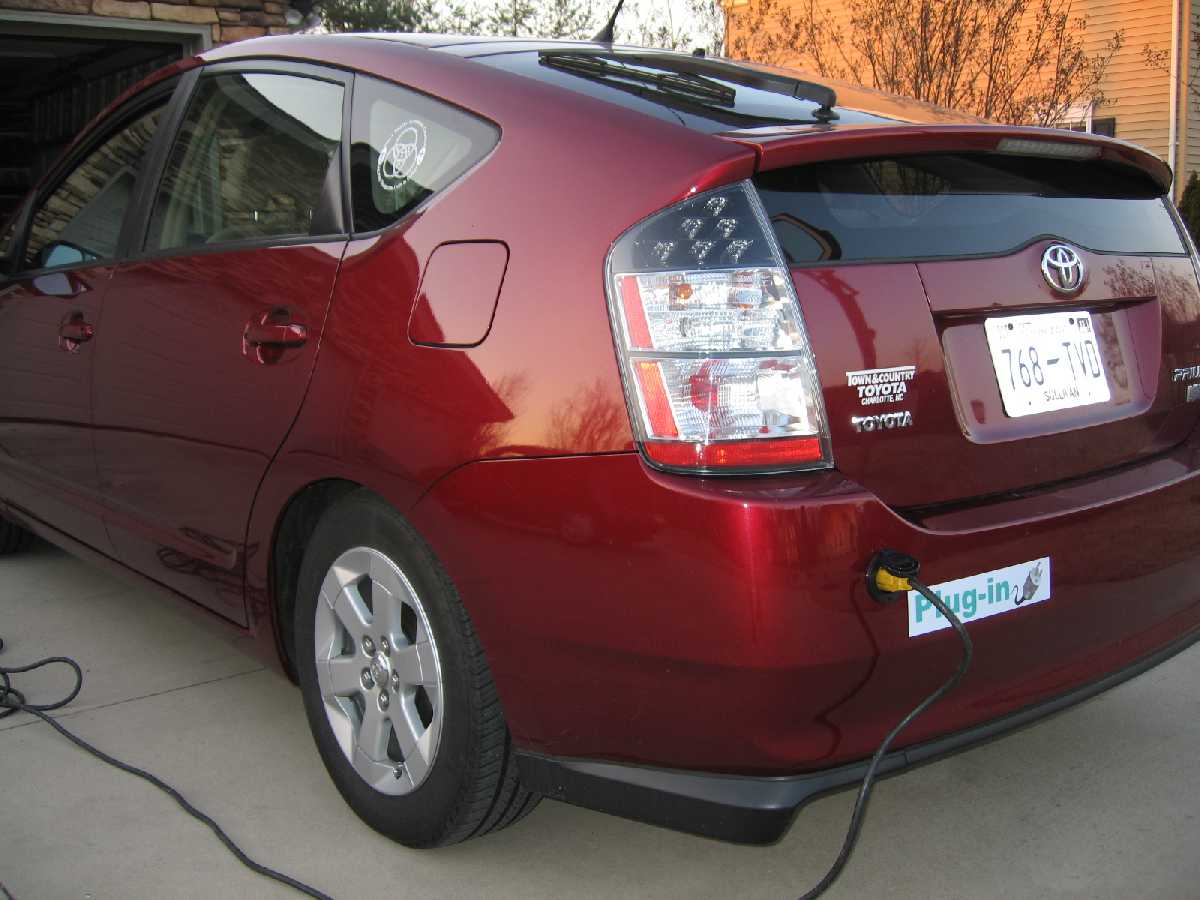
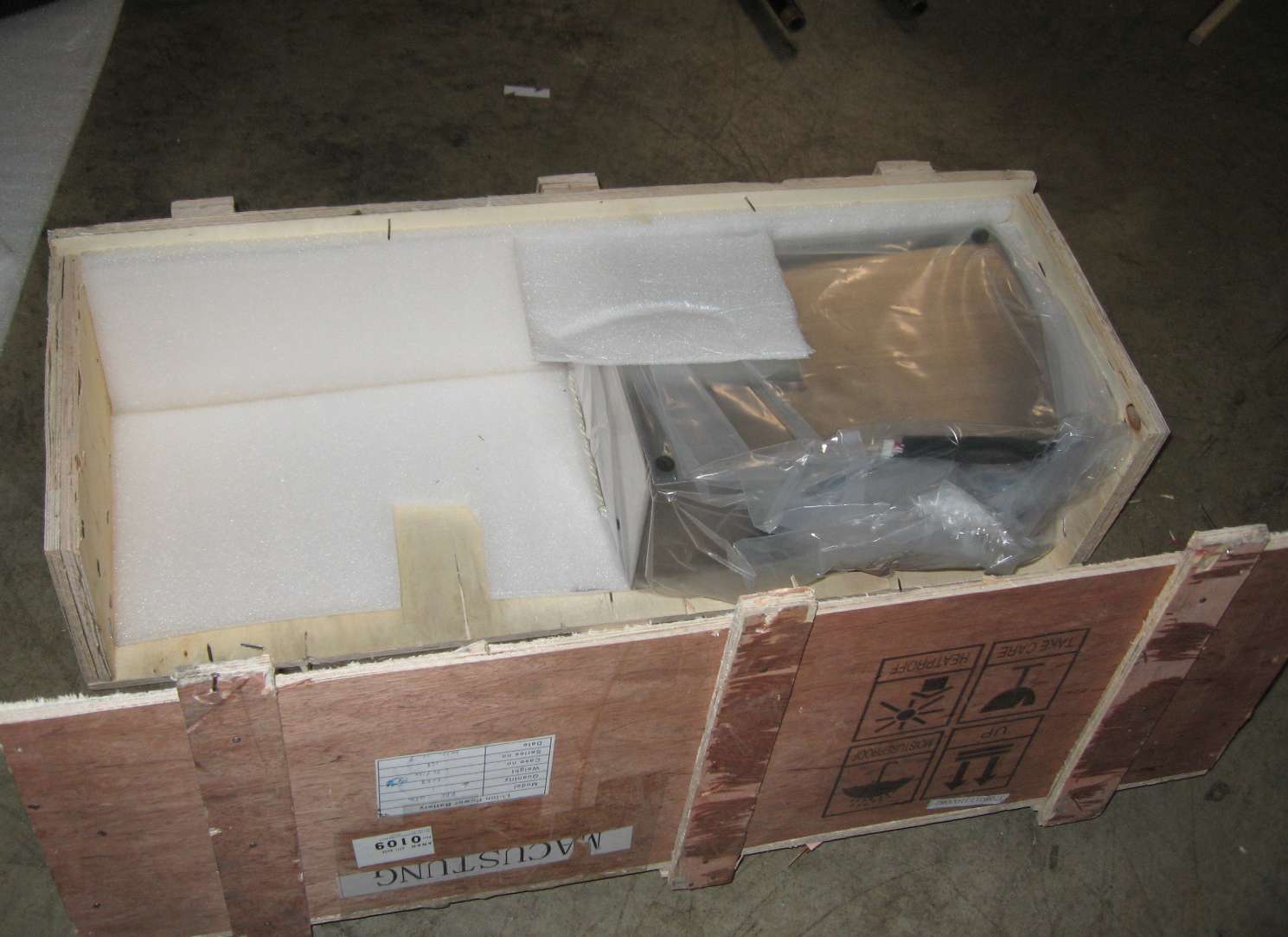 |
The kit comes in 2 boxes, one shown here with the batteries
the the other with the rest of the components. The batteries are the
bulk of the weight weighing about 60 lbs. Each sealed battery unit is
a 24V lithium pack that is ready to drop in the kit and plug the wires
together with easy Anderson connectors. |
 |
This is the rest of the kit with all the connectors, the
charger, DC to DC connector and BMS system. I was quite impressed as
the kit is well thought out and contained everything you need. There
is even a CD with several helpful videos. It took me about 12 hours to
install the kit. Five of those hours were due to me not understanding
the high voltage safety plug on the Prius. If the plug is not inserted
properly AND pushed down 1/2", the Prius will not start. Apparently
sliding the plug down engages the relays. For a while there I thought
the car was toast as a Prius will not start without the main battery. |
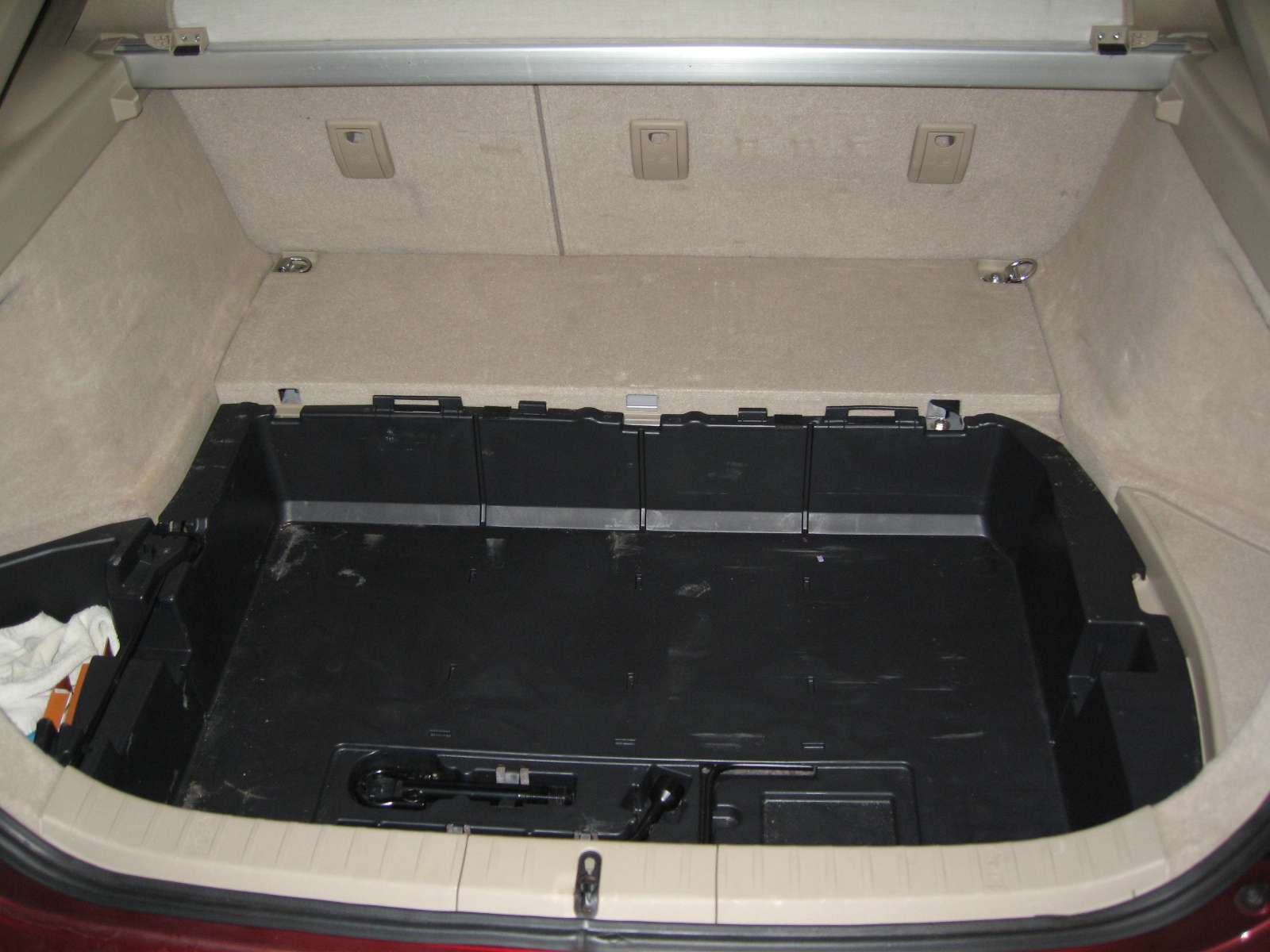 |
You loose the handy storage below the trunk floor as the
Enginer kit takes up this space. While one can get to the spare tire
underneath it is difficult with the Enginer kit installed. I have 6
bolts securely mounting it to the frame of the car. The kit attaches electrically with 3 wires under the dash and then two to
the high voltage battery pack. |
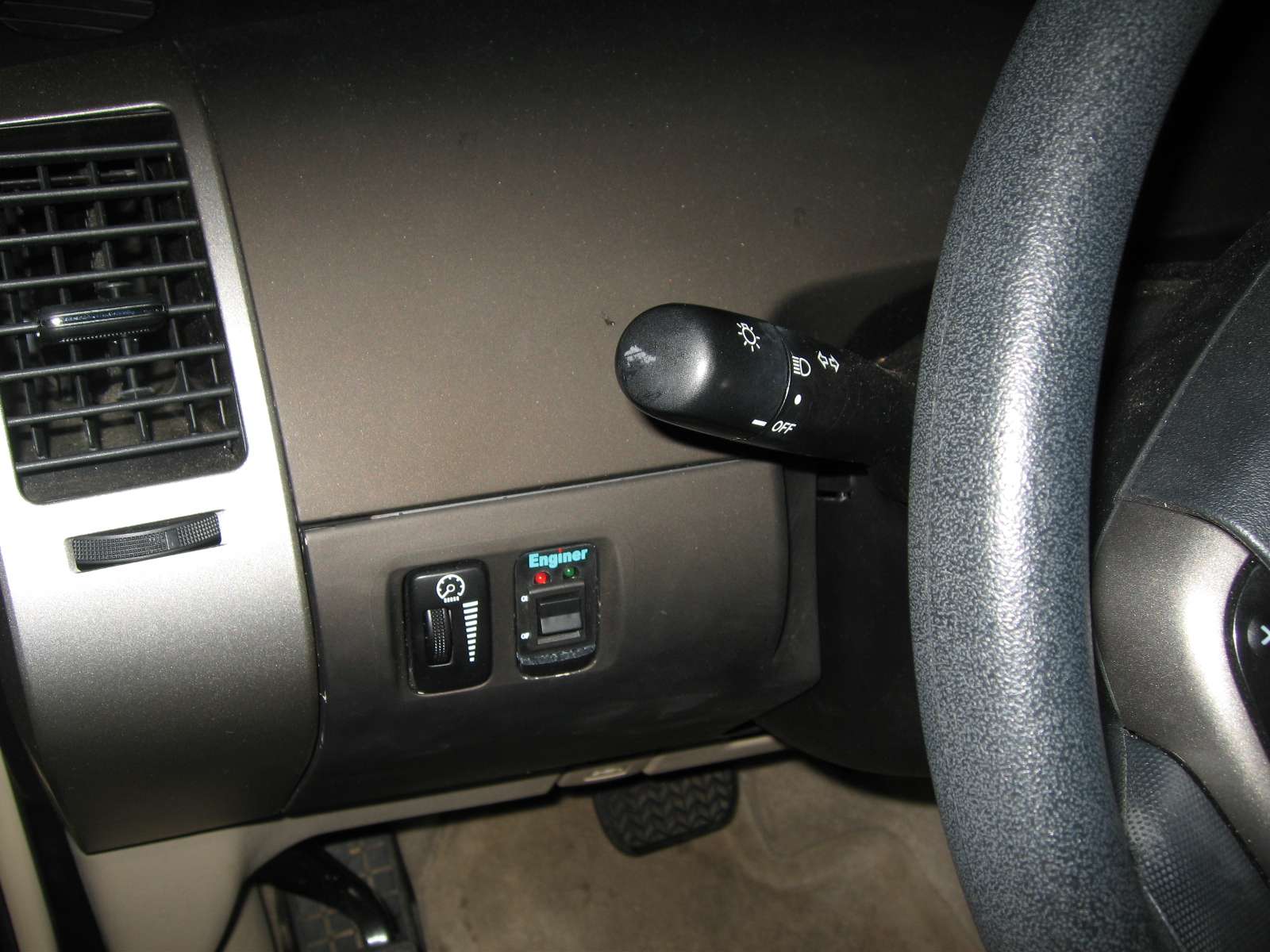 |
There is one switch on the dash to turn the
system off. It has 2 LED lights, green means it is on and red means
the system is out of power. I have been able to drive 50-90 miles
before the red light comes on. |
 |
As I said the spare tire is hidden beneath the system.
I was able to remove the bolts and stand the system on end in just under 5
minutes but I do not recommend this for the average driver. I would
carry a can of fix a flat just in case you get a flat. But one can get
to the spare in an emergency. |
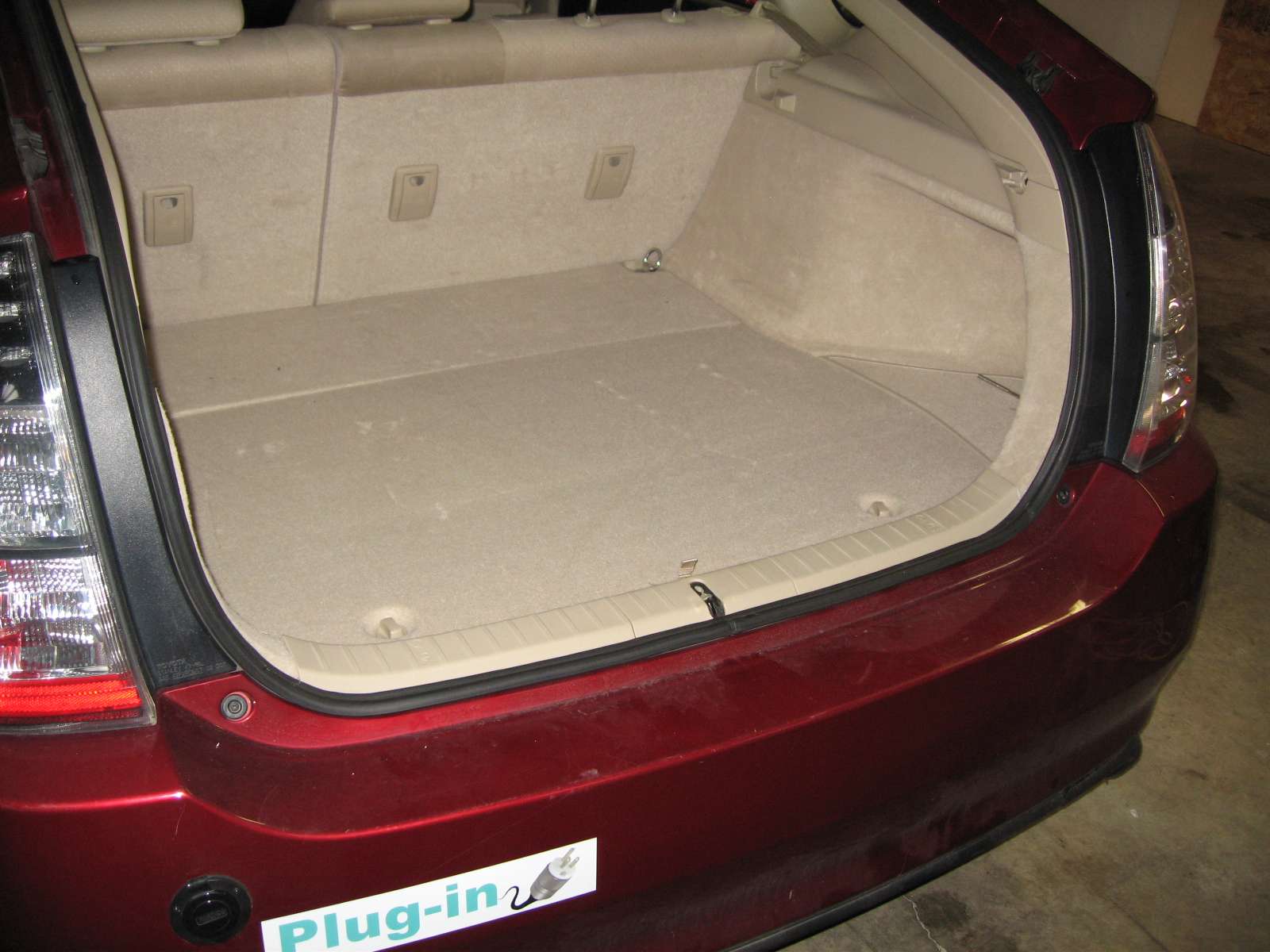 |
With the system installed there is really little to see.
The trunk looks normal. The only tell tail signs are the plug in on
the bumper and the switch that nicely fits on the dash. Now that I
have installed a kit I think I can install the next one in about 6 hours.
In collecting the data the Prius is primarily my wife's car. While
she is not opposed to saving gas or having a plug-in vehicle, it is not one
of her top concerns. So there are days I find the car has not been
plugged in and I am quite certain she is not driving differently with the
system installed.
Needless to say she is NOT a hypermiler.
|
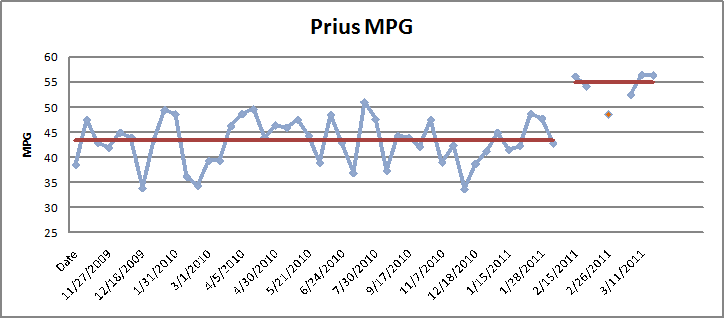 |
Here is my data so far. I logged 16,000 miles
an average of 43 mpg before the conversion. We then have 4.5 tanks (1800 miles) at 55 mpg.
The one orange data point is a long road trip after the system was installed but
were unable to plug in. So that tank (at 48 mpg) was with the
system switched off. That was mostly interstate driving. As you can see
our mileage can vary 15 mpg from tank to tank.
But since we have owned the car the best 5 tanks have been with the Enginer system installed. |
